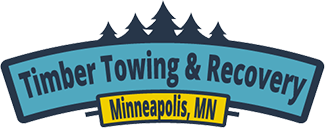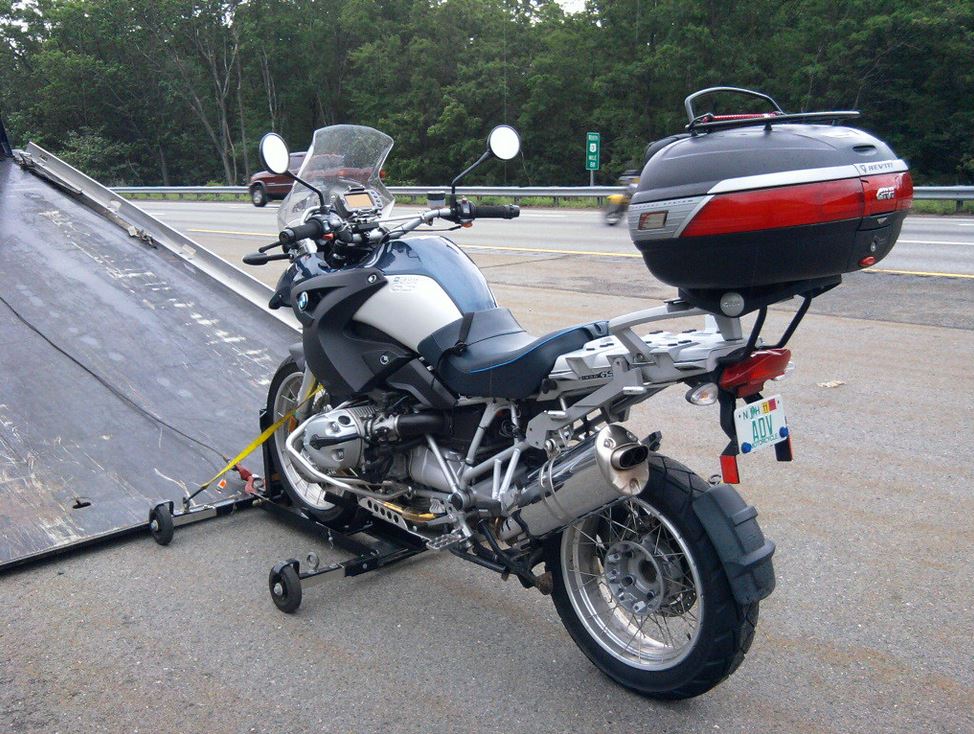One of the most essential steps in properly towing a motorcycle is to make sure that it is properly strapped down. If it is not properly secured on your trailer, no matter what your trailer is or how strong your tow truck is, your motorcycle will get damaged.
The goal in properly strapping down the motorcycle is to secure it properly into the trailer. It has to be balanced and the correct straps should be used. Also, tension points should be identified so you can properly secure the motorcycle.
Professionals who offer towing services for motorcycles are knowledgeable and experienced in strapping down the bike. However, if you plan to do it on your own, follow these steps:
Step 1: Select The Correct Straps
Selecting and using the correct straps to tie down your motorcycle is of utmost importance. The wrong kind of straps could ruin your motorcycle. It can also snap under too much pressure. That is why it is important to have the right kind of straps.
The right type of straps is made of nylon. The thickness should be about 1.5 inches to 2 inches. This thickness would make sure that it is capable of handling loads up to thousands of pounds. It should also have ratchets or cam buckles. These will make adjustments when it comes to tension easier.
Step 2: Layout The Straps
There should be a total of four straps minimum. Two will be required at the front of the trailer and the other two in the rear. The straps are then attached to the trailer hooks and slack is left on the trailer floor. When selecting for connection points, make sure it is at the bottom or near the bottom of the trailer. Do not use the side walls as connection points.
Step 3: Maneuver The Bike On The Trailer
The next step is to position the bike onto the trailer or flatbed. This can be done by utilizing it’s own mobility, or by using a motorcycle stabilizer cart.
Once it is in position on the flatbed, put the kickstand down. Then reach for the two front straps. The front side of the bike should be the first to be secured. The motorcycle can be tied-down right to the handlebars. Alternatively, you can also loop the nylon over the handlebars. This is a better way because it prevents wear and tears rather than the first mentioned.
Step 4: Push The Kickstand In
Before you push the kickstand, first make sure that the bike is standing safely vertical. This can be done by alternately pulling the front tie-downs of the bike while the kickstand is still in use. Once the kickstand is in, finish ratcheting the front part of the bike down. To do this, the forks should be compressed so that it doesn’t bounce when bumps on the road are run over. Make sure to adjust on each side so that there is equal tension.
Step 6: Double Check If The Bike Is Sitting Vertical
You should always check if the bike is really sitting vertically. Take a look at various angles. If you notice that it is leaning on one side, then you should adjust the straps again. Loosen the tie-downs on the handlebars and adjust again.
Step 7: Apply the Rear Tie Downs
The next thing to do is to use the tie downs or the rear part of the motorcycle. It should only be on the frame of the motorcycle. If not, it could damage those bike features. Just like the front tie-downs, you also have to make sure that both have even tension. Unlike those in the front, the rear doesn’t have to be compressed just like those in the front. The role of the rear straps is to prevent the bike from bouncing sideways.
Step 8: Check The Attachment
If the bike is properly secured on the trailer, it will act as an extension of the trailer. When you try to move the bike, you would also be moving the trailer. If the bike is the only thing the moves, then it may not be properly secured and you should still adjust the tension.
Happy to leave your motorcycle transport needs to the experts? Look now further than Timber Towing And Recovery…




